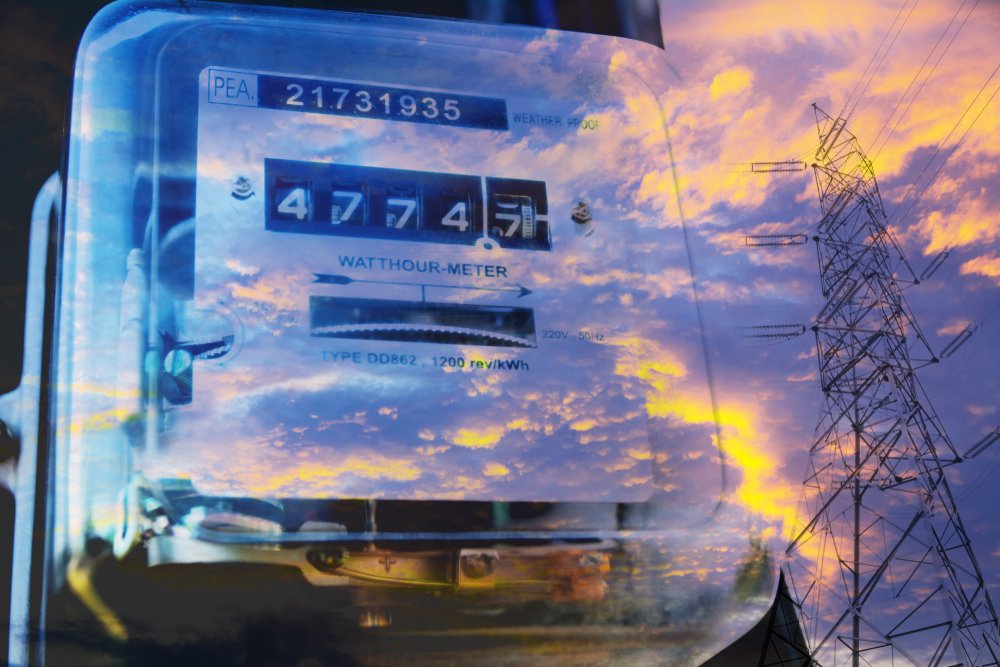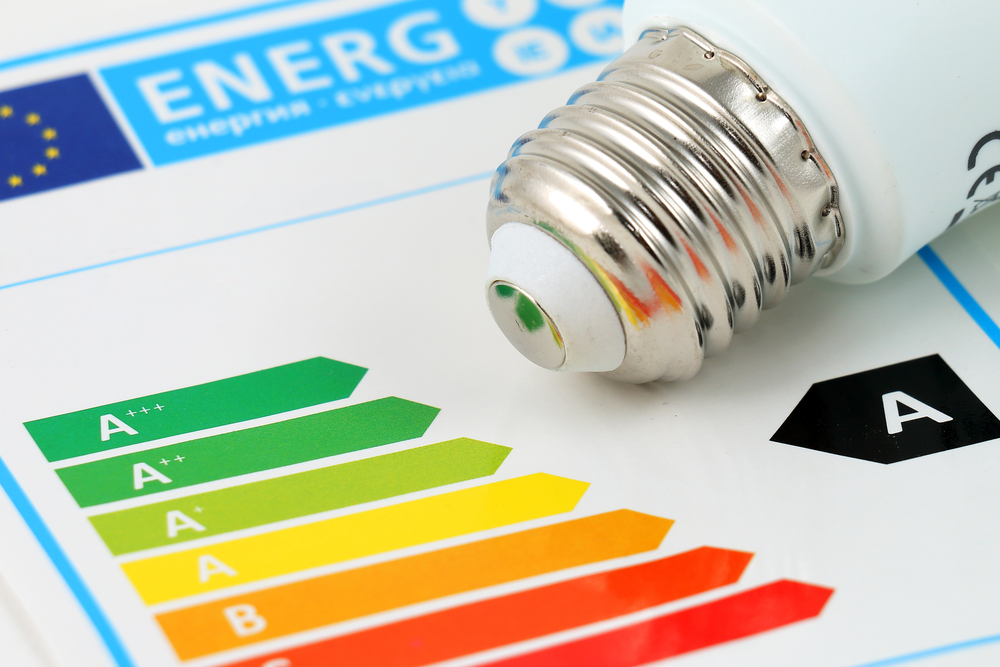How Much is the Average Electric Bill?
The price of almost everything seems to be on the rise. Homeowners might look for ways to cut costs. They also might wonder if their monthly utility bills are high or maybe just average. How much is the average electric bill?
An Electric Bill Estimator: How Does the Region Impact the Bill?
The price of the average electric bill might vary by state and/or region, but the U.S average in 2020 was $117.46. Here’s the average electric bill by region:
- New England $132.71
- Middle Atlantic $111.75
- East North Central $105.18
- West North Central $110.27
- South Atlantic $127.28
- East South Central $128.80
- West South Central $126.14
- Mountain $104.78
- Pacific Contiguous $111.97
- Pacific Noncontiguous $146.84
How Much is an Electric Bill?
Homeowners can locate their region to find their average. If the monthly bill is higher than average, there could be many reasons for the discrepancy. Their home might be larger and, thus, more expensive to heat and cool.
Those who have a below average bill might just have better habits or maybe they simply live in a smaller home. However, for those who are dealing with a higher electricity bill, there may be other reasons that’s causing the electricity bill to soar.

How to Decrease Electric Bill
Some areas might have higher costs of electricity. The average price of electricity is much higher in the noncontiguous west (Alaska and Hawaii) than for any other reason.
Yet, homeowners also could be dealing with other issues that are causing them to pay more per month. Using more electricity might be attributed to bad habits or maybe even energy drains in the home. Here’s what could be causing the bump in the bill:
- Thermostat settings on the HVAC put pressure on the system.
- Poor insulation leads to more heating and cooling needs
- Homeowners are using more electricity during peak times
- Windows are poorly insulated
- Homeowners are leaving curtains and blinds open during hot summer days
Thermostat Settings are a Simple Change
The temperature set on the HVAC system’s thermostat will impact how often the system needs to run. This means that homeowners who set the temperature too low during the summer or too high during the winter will make their system work harder.
During the winter, homeowners should set their thermostat to 68 degrees Fahrenheit. During the summer, the thermostat should be set to 78 degrees Fahrenheit. These temperatures might take some personal adjustment—homeowners might find them warmer or cooler than their normal setting. However, the system won’t work as hard, and homeowners might see their electric bill go down, too.
Poor Insulation Puts Pressure on the HVAC
The insulation in the home keeps cold air and warm air in the home and keeps the outside temperatures from impacting the indoor environment. During the winter (and after a snowfall) if homeowners notice that the snow is melting quickly on spots on the roof, this could indicate an issue of poor attic insulation.
However, homeowners could notice that some rooms feel warmer during the summer or cooler during the winter, exterior wall insulation could be an issue.
When the insulation in the home isn’t adequate, the home may feel too warm or too cool. The HVAC system might be working harder to keep the home comfortable.

Homeowners are Using More Electricity During Peak Times
Utility companies could charge different rates during different times of the day. During peak periods, electricity might be more expensive. Homeowners who notice their bill rising could be using more electricity during peak periods.
To save money, consider adjusting certain habits to non-peak hours. Do the dishes and the laundry when the electricity isn’t priced at a premium. To understand if peak rates are impacting the bill, homeowners can visit the website for their utility provider to better understand rates.
Not all utility providers (or regions) increase rates during peak hours; some offer one flat rate for winter and one for summer. Others let homeowners decide if they want to choose Peak/Off-Peak billing. To take control of the electricity bill, research the options provided by the utility company. There could be ways to save.
Windows are Poorly Insulated
Windows also could be an energy drain. If the windows are older or not energy efficient, they could be a source of leaks. Like poor insulation, windows could cause the HVAC to work harder. This means higher costs for homeowners.
How to Lower Electric Bill in the Summer: Close the Blinds!
One bad habit that could be causing electricity prices to rise is leaving the curtains or blinds open during a hot summer day. This could be an expensive bad habit if the windows aren’t energy-efficient; the heat coming through the window will warm up the home and make the air conditioning work harder. Shut the curtains to keep the room from feeling the heat.
Lower My Electric Bill: Easy Changes Can Impact Monthly Costs
While the average electric bill was $117.46 in 2020, some homeowners could be paying more depending on where they live. However, bad habits and energy drains also could cause electricity prices to soar. If homeowners notice that their bill is higher than normal, they might look at their habits to find ways to cut those costs.


